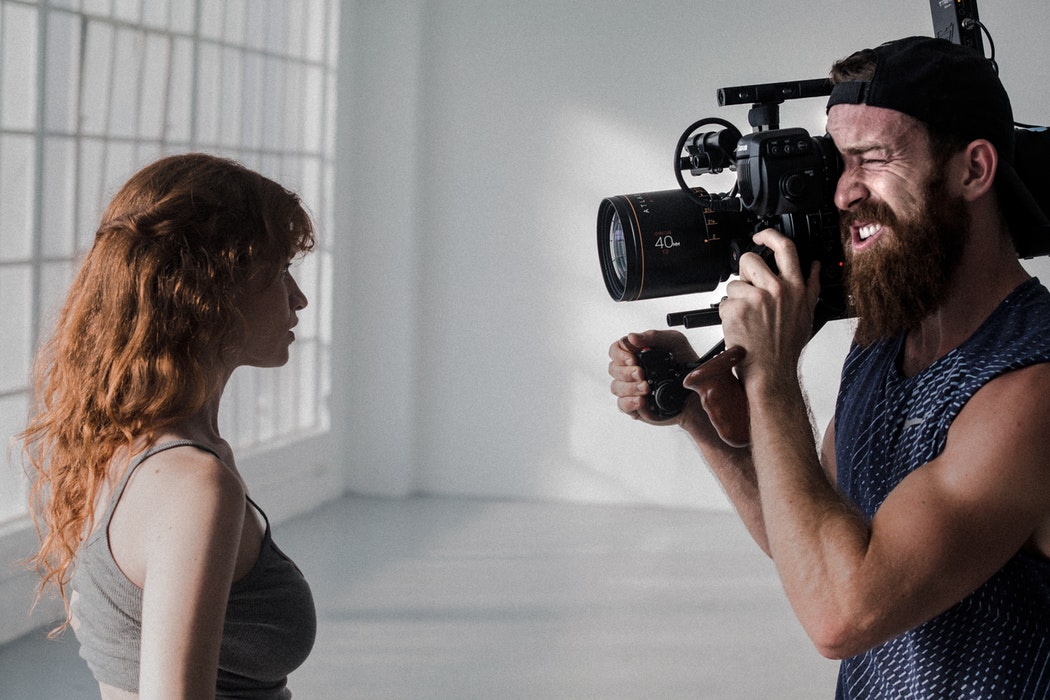What is a Backstory?
Every role is two-dimensional. The actor must make it three-dimensional.
(By Tonya Tannenbaum)

(Photo: Chris Lawton/Unsplash)
In acting, creating a “backstory” generally refers to the process of inventing details about the history of the character’s life, where those details are not made available in the script. This process allows the actor to portray a character who is three-dimensional and more lifelike.
Every role is two-dimensional. The actor must make it three-dimensional.
Imagine writing an autobiography about your life, including all details, large and small. How many pages would it take you to pen such an autobiography? It would require several volumes and you’d still leave something out.
Now, imagine writing, not only your own, complete autobiography, but also writing a complete biography of everyone in your family and everyone in your day-to-day life. How lengthy would that be?
Jared Leto: “When I take on a role…I want to know everything.”
That is the dilemma every playwright or screenwriter faces. They simply cannot supply complete details about the lives of all the characters in the story.
So, how does the actor create a three-dimensional character, using incomplete information?
The actor must create a backstory for the character. The actor must take the “given circumstances”, details supplied to them by the writer(s) and use their imagination to fill in the rest. This process helps the actor create a lifelike character, rich in personality, experiences, world-views and opinions – one an audience can identify as a real person.
Ways to create a backstory

(Photo by Jakob Owens on Unsplash)
The idea of using one’s imagination to create a backstory may seem basic; common sense, even. But this process is not to be taken lightly. It is a crucial element in character development.
For example, an actor may be given a role with only a few lines. The character must enter the scene, say a few lines to the main character and exit, never to be seen again.
Without a backstory, the actor will inevitably enter, without much purpose, regurgitate their lines and exit, without leaving much of an impression on the audience.
RELATED: What Are the 5 W’s of Acting?
Now what if the actor does not simply enter, repeat their lines and exit? What if the actor creates a backstory for the character? The actor could, for example, ask a series of questions:
What is my name?
How old am I?
What did I study in school?
What is my profession?
How happy am I with my life?
Am I married? Single? Divorced? Do I have children?
Where am I coming from?
How am I feeling today?
What’s my motivation for entering the scene?
What is my relationship to the character I’m speaking to?
Why am I saying these words to this character?
The actor can also peak into the future, asking:
Where is my character going after this scene? And, what will my character do the day after that, and a year after that?
Do I expect to see the other character later in life and, if so, how will I approach that person, based on our encounter today?
Details like these might be left out of the script. The writer simply doesn’t have the time nor space in the script to provide them, especially for a character with a minor role. If the actor is to portray a lifelike character, he or she must create a backstory to fill in these details, using their imagination.
You Might Also Like:
What is an “Objective”?



